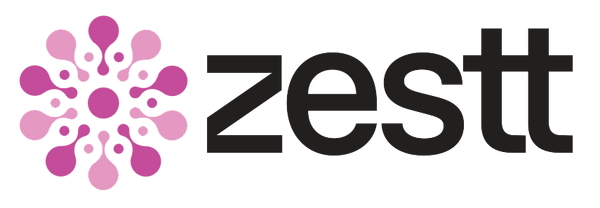There is a lot of talk about immunity, and in some circles, a lot of debate. What we don’t often talk about are the building blocks of immunity – and how understanding these building blocks might help us to improve our immune systems by employing a multi-pronged approach.
Humans have evolved to have a “three-act immune response,” and like any good play, the acts follow each other in a logical response to invasion (invaders can be organisms such as bacteria, viruses or fungi, or a physical threat, such as a splinter). Each immune act has its own components, or “players” and we win, when one act stops the pathogen in its tracks, or the three acts synchronise to create the best ending – good health.
Let’s have a look at the three acts:
- Physical defence.
Our bodies have natural barriers in place to stop defender invasion in the first place. Skin acts as a physical barrier as does the skin microbiome – there is more and more evidence of the role of “good microorganisms” and their role in keeping us healthy. As an example, “good” microorganisms, present in the vagina keep the vaginal pH between 3.8 and 4.5. When we change that environment (through medication or topical solutions) we can destroy the good microorganisms, leaving way for the growth of fungal infections such as thrush (Candida albicans).
There are many ways pathogens can evade our skin and enter our bodies – through our eyes, mouth, ears, airways, digestive tracts or urogenital tracts – and when this happens, Act 2 needs to kick into action.
- Innate immunity.
Our innate immunity is our body’s attack system - where we attack pathogens and trigger the third line of defence (the adaptive immune system). This innate and rapid first line of attack is non-specific – our system will attack a bacterium in the same way as a virus.
First of all, the invader gets engulfed by phagocytes, which are a type of white blood cell – these phagocytes try to chemically chew up the invader. The phagocytes then display pieces of protein from the invader (antigens) on their surface. This triggers the action of a cascade of biological processes, which lead to the beginning of Act 3, the adaptive immune system.
- Adaptive immunity.
This is a more gradual process than the rapid innate immune system. In adaptive immunity, white blood cells, called lymphocytes (T and B cells), recognise pathogens and target them specifically. The adaptive immune response has “memory cells” which remember the antigens we produced in Act 2 and respond to them. The lymphocytes respond in a few ways:
- By helping other immune cells work more effectively.
- By developing “Killer T cells” which inject enzymes to destroy cells.
- By producing substances which stop the pathogen infection.
These memory cells also stop us getting diseases like chicken pox or mumps more than one time, as they recognise a second invasion and respond accordingly.
Boosting our immunity
Understanding the three building blocks of our immune system, helps us to understand ways in which we can improve our defence against pathogens.
There are tools for boosting each immunity act:
To boost Act 1, our physical defence, we might wear a mask, wash our hands, wear a sticking plaster (if we get a cut), or take oral probiotics to make sure we have a healthy oral microbiome.
To boost Act 2, our innate immunity, a healthy lifestyle is critical - good sleep, low stress and a healthy diet full of vitamins, minerals, plant polyphenols and antioxidants. We understand this is not always easy, but it’s always worth pursuing even when we go through stages of getting it badly wrong. Good quality, bioavailable supplements can help – eg resveratrol but without the red wine!
Boosting Act 3, the adaptive immune system, is also supported by a healthy lifestyle, and it is here that the use of medical vaccinations come into play. Vaccinations essentially short-cut the path to the development of our memory cells – we want those memory cells developed as quickly and painlessly as possible to target specific pathogens as soon as they enter the body.
As we age and if we develop other diseases – we need to work even harder to boost all three Acts of our immune system - read about our EXhale® lozenges and their triple action defence here.
Something we discuss at Zestt Wellness a lot, is the number of people who suffer from autoimmune diseases, like Darcy (the co-founder of Zestt Wellness, read his story here), and the additional challenge this creates – that is a whole other blog, but we welcome idea and tricks immunocompromised people have found for keeping themselves healthy – sharing is how we grow together.
For more detail, we recommend the many wonderful resources available through Harvard Health Publishing, for example https://www.health.harvard.edu/staying-healthy/how-to-boost-your-immune-system

